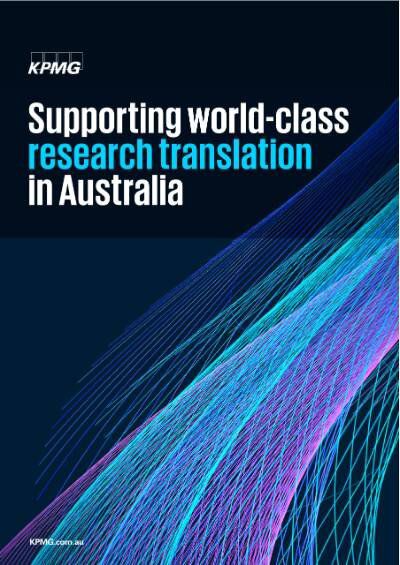Change within the research world in the UK seems inevitable; the UK looks set to escape the clutches of Brexit induced purgatory with an answer on Horizon Europe tantalising close. Not only this but the UK Government is saying all the right things about the importance and significance of research, particularly science research to the country; there is a dedicated new department, DSIT with its own seat at a cabinet, promised funds and a new ambitious framework .
There are new Government sponsored initiatives such as ‘investment zones’ and ‘collaborative funds’ which are vehicles that can be used to unlock research potential. The Nurse review which examined and suggested fixes for the fractured nature of the system in the UK is feeding into this change and although the UK research system still contains immense complexities it feels inevitable that a more joined up approach is the only way forward.
The Research Excellence Framework is also set for a change, valuing ‘people, culture and environment’ at a higher rate, again signifying change with a focus on the collective efforts of an institution rather than the individual. The UK sits at a juncture then; with an atmosphere more conducive than ever to galvanising the aims and ambitions of researchers and institutions. Yet there is still a metaphorical mist that sits over the ‘output’ of the research life-cycle. Government ambitions purport how innovative research has the potential to aid the UK’s economy, its defence, its international stature. However, unlocking that final step – the formula of consistently turning research into something that can be built, used, interacted with or sold – is still tricky, hard to predict and ever-elusive.
Australia is also facing a period of change with a strong focus on research and the benefits it can bring to the country. The Government is undertaking a wholesale review of the sector, including the role of research translation and the opportunities to drive improved collaboration between industry, communities and Universities to drive improved societal and commercial outcomes. Our colleagues in Australia have produced a paper, delving into the nuts and bolts of how institutions can improve the translation of their research output . There are some compelling take-aways that translate well to the challenges the UK ecosystem and institutions are facing. Here are the headlines the paper asks you to consider.
What counts as success for you?
There are many successive measures reflecting the outcomes of research and development (R&D) activities that can realise over long timeframes. For this reason, the paper argues it is important to develop mature approaches to analysing progress against these measures and forming holistic views of performance, including gathering input from stakeholder feedback and qualitative data to complement the range of existing quantitative data already published across the sector. The paper takes you through the key measures that your institution should consider.
Existing models – benchmarking your institution: There are a variety of models used by research institutions to translate discoveries into real-world outcomes, each with varying levels of success, enablers, and barriers. Some of these models are used because they suit the size and nature of the research institution’s pipeline and ecosystem, but in many cases they are not fit-for-purpose, and difficult to scale. To know what to change you need to have a full understanding of your starting point, that is why the paper encourages institutions to analyse their current model and why it has been adopted – with the goal of defining your unique value proposition in the ecosystem.
Challenge the current landscape: To better understand the current continuum of models and where opportunities for improvement lie, the sector should pose some challenging questions about what research translation models should look like. Here the paper takes you through the key questions that will help you challenge and unpick opportunity at your institution. The paper explains what you should care about and why, and how to get others on board to ensure you a bringing colleagues along for the ride.
Refining models to get the most out of what works for you: Here the paper takes the best elements from the opportunities and characteristics of current models to support a new continuum of research translation models. While research institutions’ drive for excellence is a key asset in the race to innovate, maximising the benefits of research to society will involve a maturing on existing models. One size does not fit all, the paper explains how your institution can find the best model to fit their own unique aims and ambitions to realise benefits over time.
Opportunities to enhance your potential: With a newly revitalised national conversation about the importance of research translation in both Australia and the UK, the paper encourages a focus on collective effort and suggests five critical steps institutions can take to move towards a world-class research translation model and effectively manage the transition from current to future state.
How we can help:
KPMG has a distinct approach to how we support research strategy, delivery and translation within education and research institutions, to aid in the development of world-class research environments. We deliver outcomes across strategic and priority focus areas and support the development of local and global partnerships, and the translation of research outcomes for tangible value and impact.
Our capabilities support the:
review and analysis of research strategies and performance attraction and retention of talent
development of collaborative research cultures identification and pursuit of supporting assets and infrastructure at scale
enablement of research activities through efficient and effective service model design and technology systems
ability for organisations to tell their unique story and promote the breadth and depth of their research impact to a broad range of audiences
Download report
Discover more
Contact us
Connect with us
- Find office locations kpmg.findOfficeLocations
- kpmg.emailUs
- Social media @ KPMG kpmg.socialMedia




